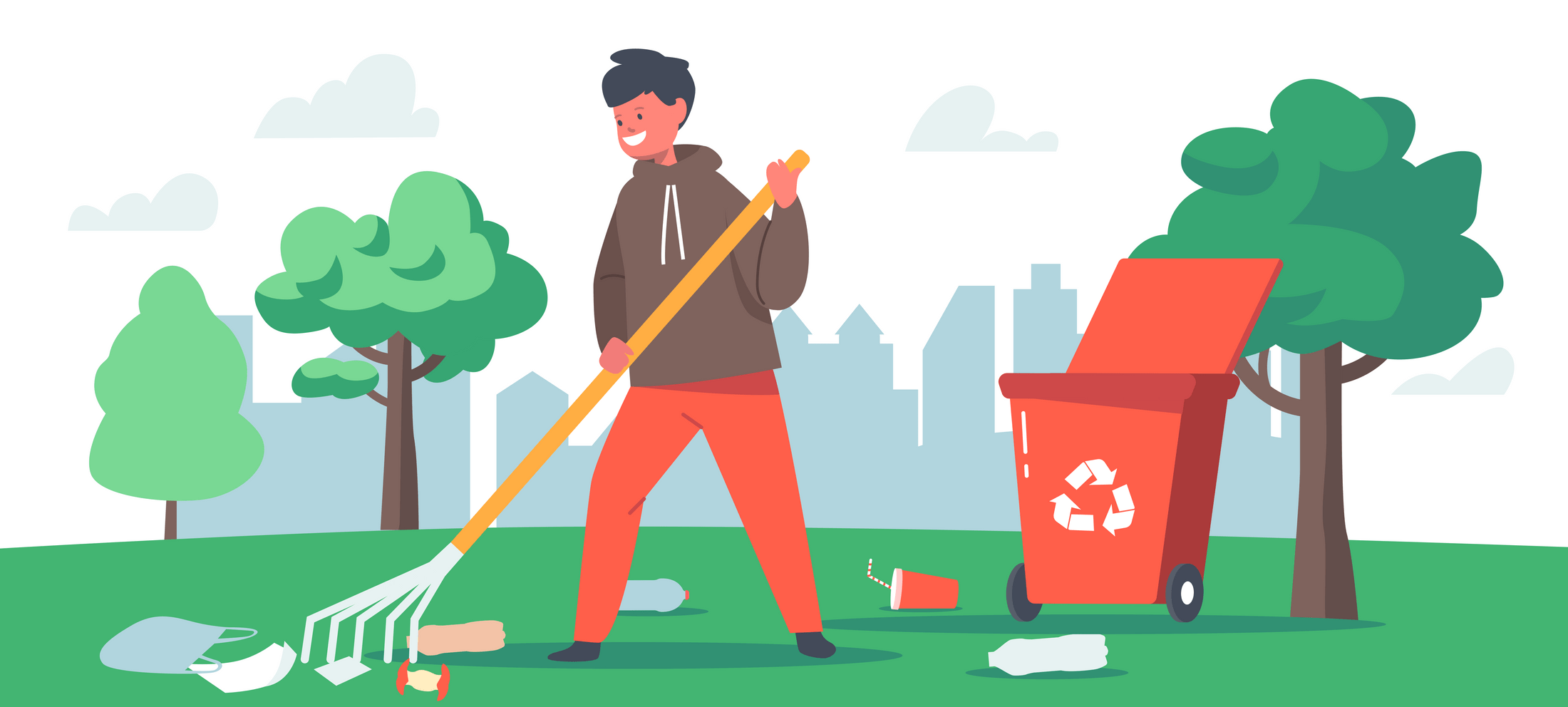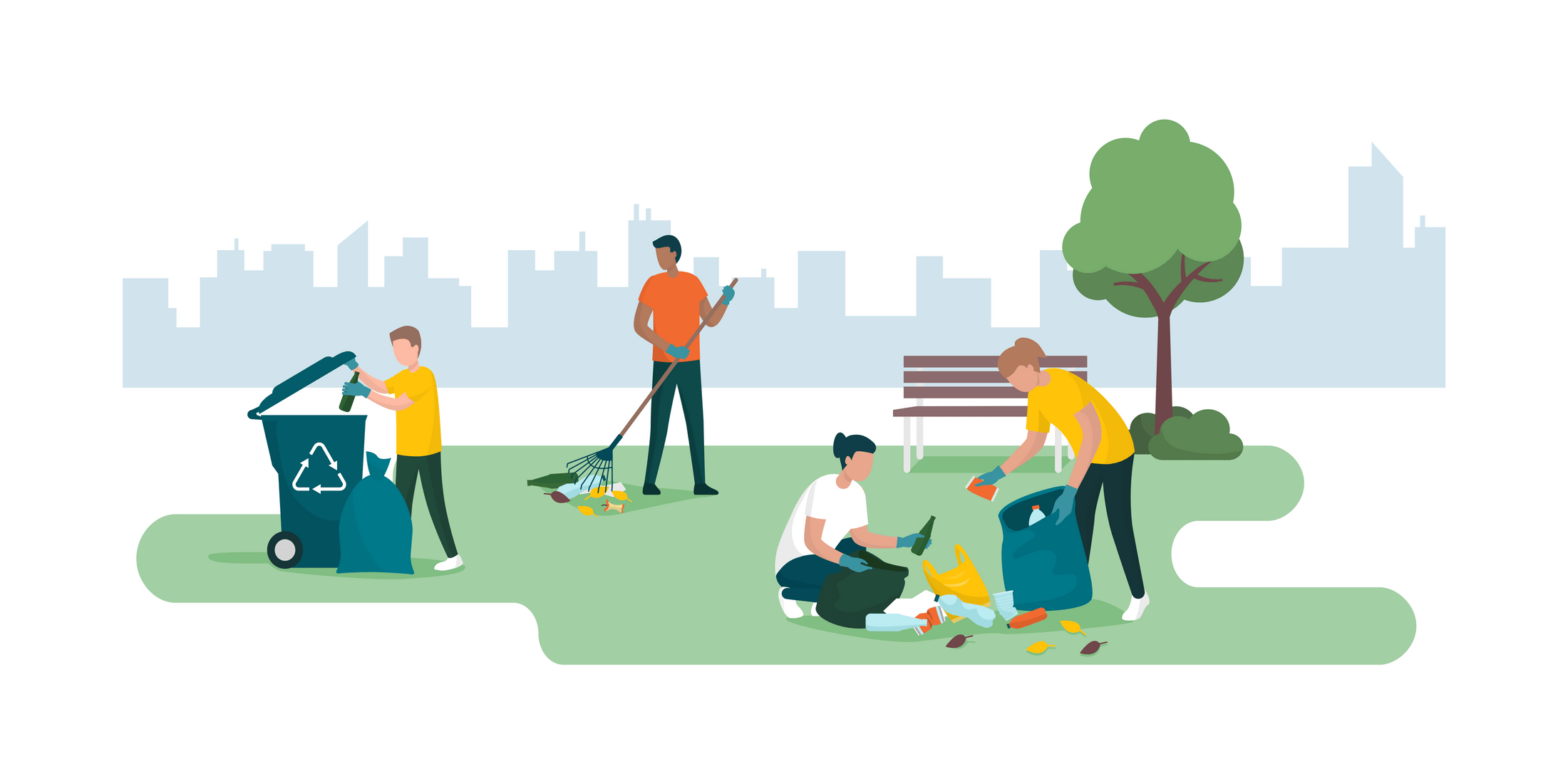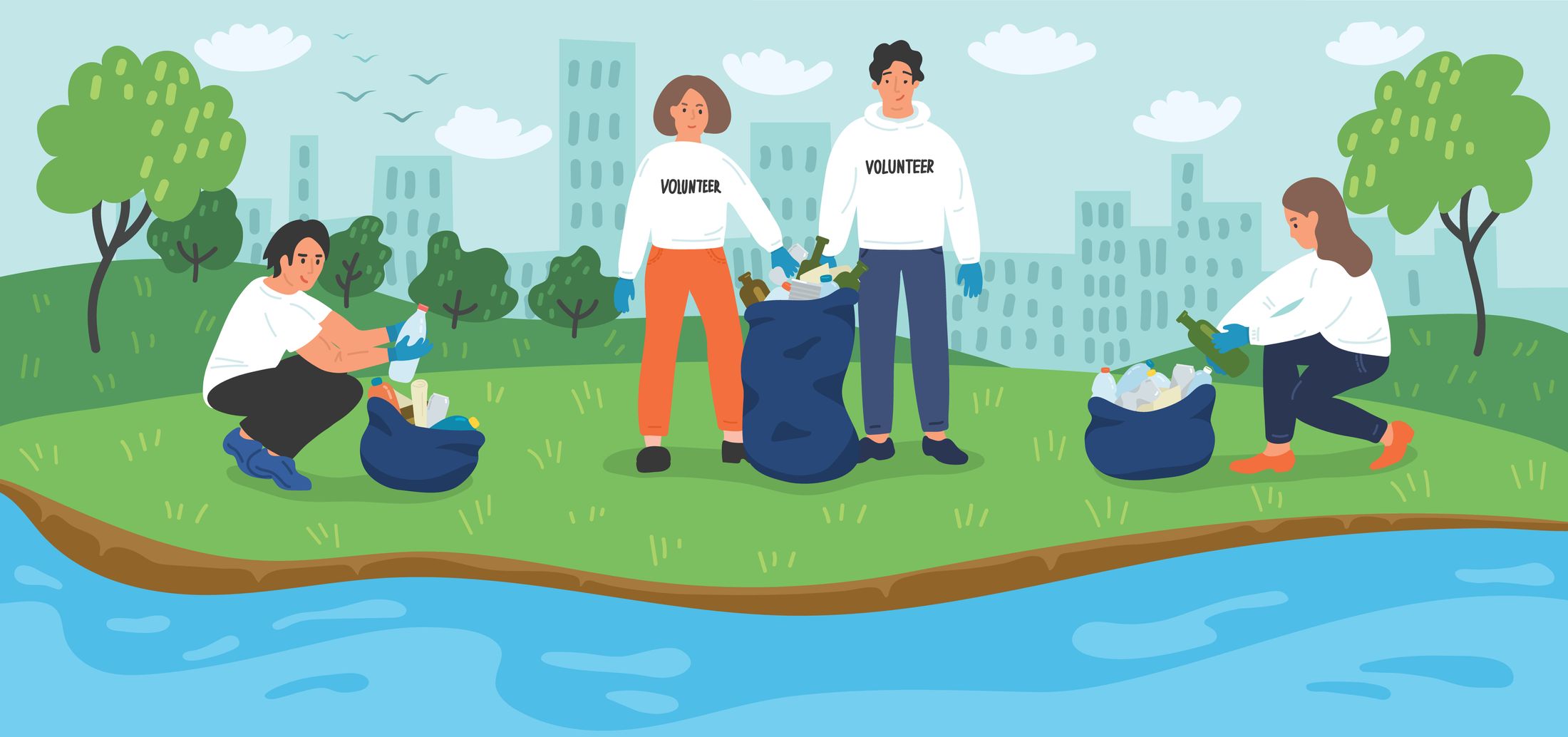Countrystyle Recycling’s Guide To Keeping Your Community Clean

How To Care For The Planet By Tackling Litter In Your Community
Everyone can help to tackle the problem of litter. Countrystyle Recycling aims to educate and inspire schools and community groups to run litter picks in their local areas.
MORE THAN 2 MILLION PIECES OF LITTER ARE DROPPED IN THE UK EVERY DAY COSTING OVER £1 BILLION A YEAR.
As well as looking unsightly, litter is a form of pollution and causes potential danger to people, wildlife and habitats.
Organising Your Litter Pick
When organising your litter pick, make sure you have assessed all the risks that you and your volunteers might come across. Countrystyle recommend that you use the KEEP BRITAIN TIDY template risk assessment which accompanies this guide.
Think about the location of your litter pick. Stay away from busy roads, always have a responsible adult in charge of the litter pick and make sure you wear something bright like a high-vis jacket so you can be easily seen.
Your Litter Picking Kit should include the following:


Before starting your litter pick, make sure you consider the following health and safety points which are important to ensure everyone taking part stays safe and has a fun time.
- Do not touch the litter with your bare hands, make sure you wear gloves and use the litter picker tools provided
- Do not touch your face with gloves on
- Alert an adult if you find anything sharp or dangerous (e.g., broken glass, animal faeces etc.)
- Stay within the area specified for your litter pick
- Wash your hands when the litter pick is finished
When you have finished the litter pick, take all the rubbish collected back to a secure area and make sure each item gets placed in its correct place – either the recycling bin or rubbish bin.
How To Help Collect Important Data As Well As Litter.
Litter Tally
Work in pairs, with one collecting the litter and the other keeping a tally of what was found. You can then use the results to create graphs and work out which areas create the most litter.
Groups could be asked to work in different areas so you can find out whether certain parts are worse than others.
Litter Sort
After the litter has been collected, rather than placing it straight into the correct bins, weigh it all to find out how much there was. You could then empty it out onto a plastic sheet (or similar) on the floor and sort it into different item types or ‘recycling’ and ‘non-recycling’.
Don’t Forget The 5 R’s
Refuse • Reuse • Recycle • Repurpose • Reduce

How To Dispose Of The Litter You Pick
Please separate your litter into bags. One should be for plastics & aluminium cans, the other for General Waste.
Make sure you place these with your School or Local Collection bins.

